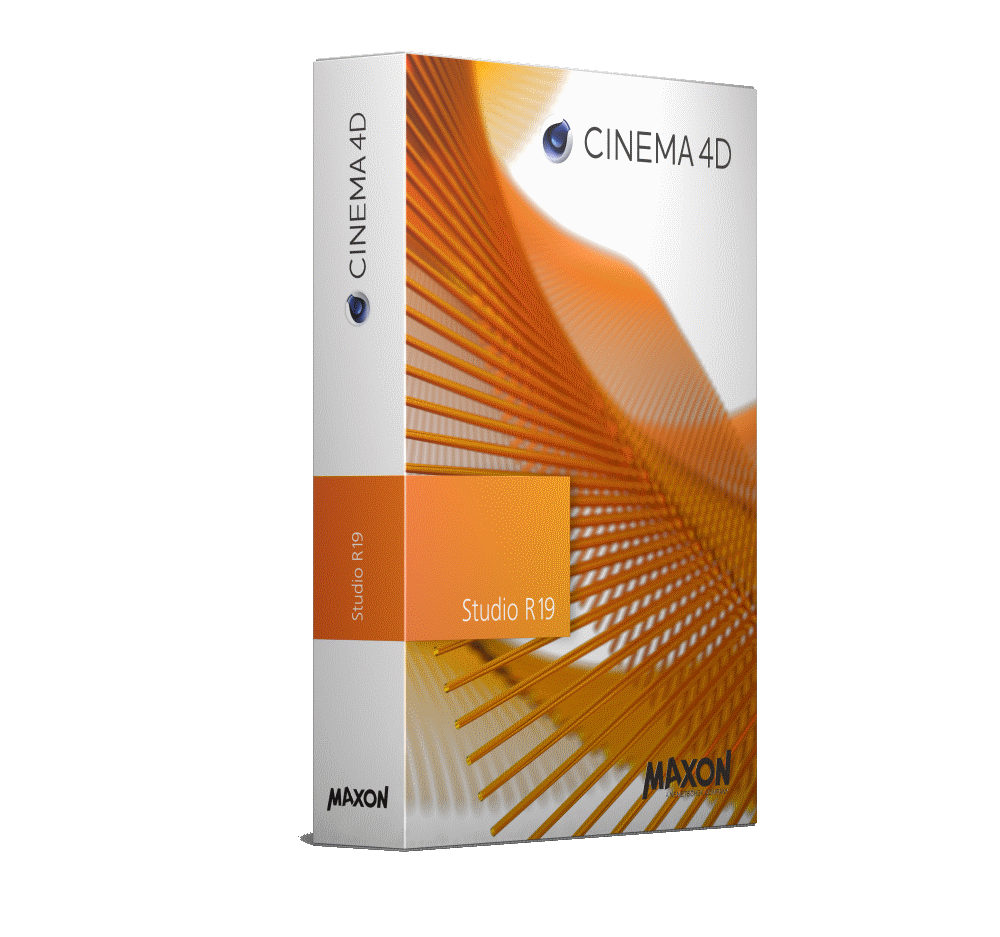

Artists can either purchase them outright, or buy short term three and six month licenses, or discounted upgrades for those who have previous versions. The simulation features include all of the usual ones, as well as the cutting edge Thinking Particles that are advanced rule-based particle systems.Īs far as pricing goes, Maxon has about two dozen different customizations of Cinema 4D R20, including Prime, Broadcast, Visualize, Studio, and BodyPaint. The Cinema 4D MoGraph comes with Cloner, Shader Effector, Sound Effector, Splice Effector, Delay Effector, the highly popular Voronoi Fracturing, and MoDynamics for other physics libraries.

Other advanced features are Quaternion tags, Cappuccino, and Auto Redraw for dynamic IK.Īdvanced character animation comes with Character Component, Character Object, CMotion walk cycles, Interaction Tag, and Pose Morph. Motion Clips also allow you to create libraries of animations and blend them together on your characters. HUD (Heads Up Display) updates make usability easier, and the Powerslider, Animation Dot, Dope Sheet, and F-curve feature enhancements all offer quality of life updates to keyframing. Procedural animation is possible with Cinema 4D using its node based XPresso editor, which has options for animations without keyframes, or by using Python programming. It has all the bells and whistles you could want, and in September 2018 it released Cinema 4D R20, and added a few more features as well. Maxon Cinema 4D UpdatesĬinema 4D is a 3D modeling, animation, motion graphic, and rendering application developed by Germany’s Maxon Computer GmbH. Let’s take a look at the strengths of both animation programs. So much has changed, and while Cinema 4D is still an industry titan being used in countless Hollywood movies, Blender has been closing the gap year after year.

#CINEMA 4D STUDIO PRICE SOFTWARE#
Then there was Blender, the open source free software that was noticeably lacking on all fronts when compared to the top program names in the animation industry. Maxon’s Cinema 4D was an industry leader, and was used by big budget studios across all art industries. These two famous 3D software packages entered the animation industry on opposite ends of the spectrum many years ago.


 0 kommentar(er)
0 kommentar(er)
